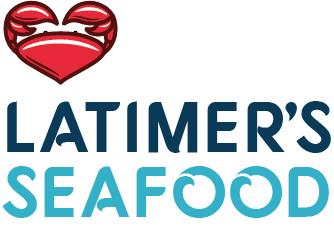Wild vs. Farmed Salmon
Nutritional Differences
FDA statistics on the nutritional content (protein and fat-ratios) of farm versus wild salmon show that:
- The fat content of farmed salmon is excessively high–30-35% by weight.
- Wild salmon have a 20% higher protein content and a 20% lower fat content than farm-raised salmon.
- Farm-raised fish contain much higher amounts of pro-inflammatory omega 6 fats than wild fish.
Antibiotic and Pesticide Use
Due to the feedlot conditions of aquafarming, farm-raised fish are doused with antibiotics and exposed to more concentrated pesticides than their wild kin. Farmed salmon, in addition, are given a salmon-colored dye in their feed, without which, their flesh would be an unappetizing grey color. Disease and parasites, which would normally exist in relatively low levels in fish scattered around the oceans, can run rampant in densely packed oceanic feedlots. In order to survive farmed fish are vaccinated as small fry and later they are given antibiotics or pesticides to ward off infection. However this has proved problematic as tests have found farmed salmon contains 16 times the PCBs found in wild salmon, with European farmed salmon reaching the highest levels. A preliminary study in Great Britain also showed farmed salmon accumulate more cancer-causing PCBs and toxic dioxins than wild salmon due to the pesticide concentration in salmon feed.
Therefore from both a nutritional and environmental perspective, farmed fish are far inferior to their wild counterparts.
Information taken from The George Mateljan Foundation
